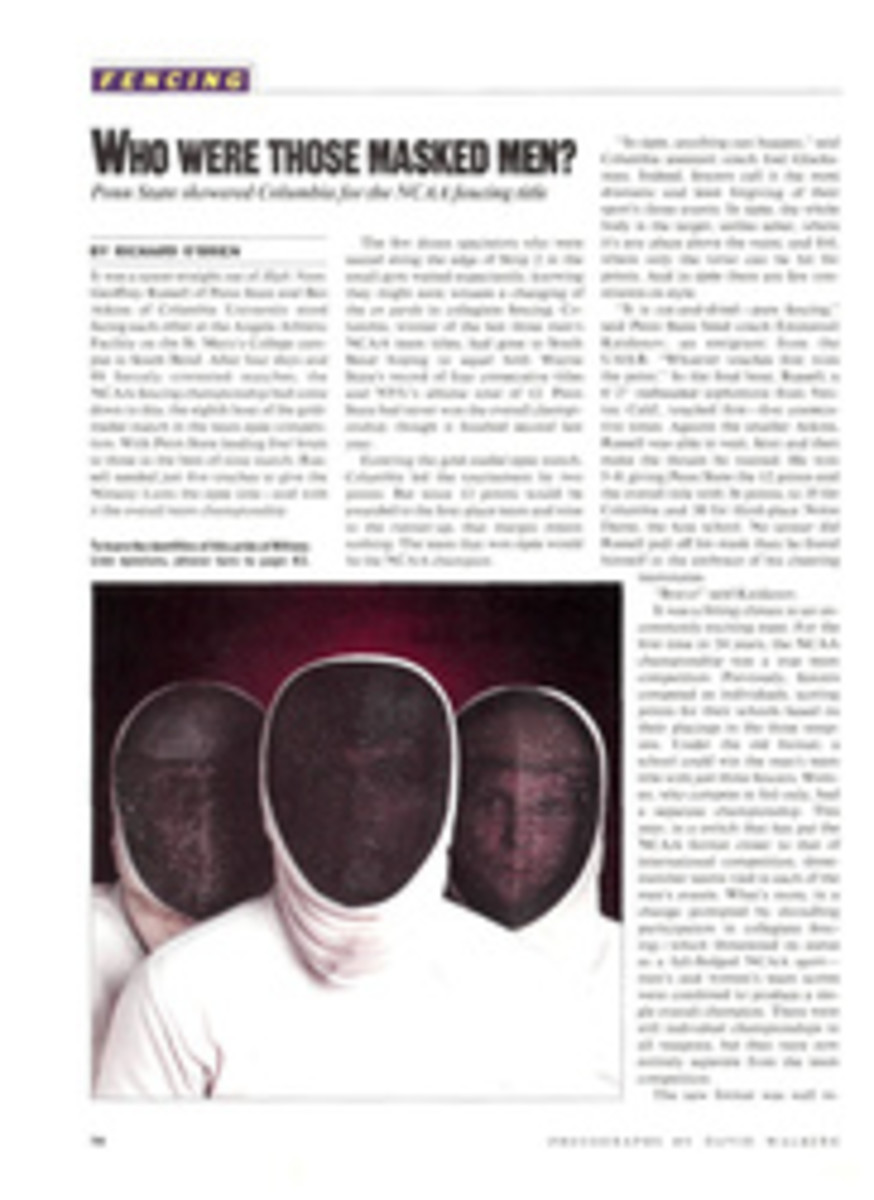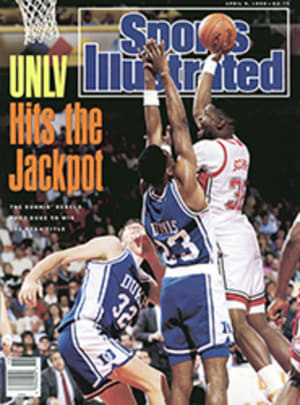
SPORTS MEET TORTS AT HARVARD LAW
Many of the epic sports confrontations of the last decade were staged not on the gridiron or baseball diamond, but in courtrooms: Pete Rose versus baseball, Al Davis and the Raiders versus the NFL, UNLV basketball coach Jerry Tarkanian versus the NCAA. In fact, the ramifying connections between sports and the law now seem as natural as those between, well, money and the law.
Indeed, since February the venerable Harvard Law School has been holding its first course in sports law, "Sports and the Law." The 13-week course covers such topics as player-agent relationships, the power of commissioners and mandatory drug-testing.
The course's most enthusiastic booster—as well as its guest lecturer—is Rick Horrow, 35, a Miami sports entrepreneur who is also president of the Senior Professional Baseball Association (SPBA), the new Florida-based league for former players over 35. Horrow, a 1979 Harvard Law School graduate, flies to Boston every two weeks to co-teach a class with Paul Weiler, the Harvard torts and labor law professor who conceived of the course.
"It seemed more sensible than moving the law school to Florida," says Horrow, who taught sports law at the University of Miami Law School in 1988 and at Nova University Shepard Broad Law Center in Fort Lauderdale in 1984 and is vice-president of the Sports Lawyers Association.
"Jim Vorenberg, the dean of the law school in 1988 when he and Paul first considered offering the course for credit, has been a friend and mentor to me," Horrow says. "Jim knew that I had been teaching sports law, and we talked about ways in which I could participate at Harvard. Paul came up with a good outline and got approval from the curriculum committee of the law school faculty."
The Harvard class outline begins with business-oriented issues, such as player allocation—the draft, the reserve clause and free agency, for example—and the power of unions, and concludes with topics that pertain to amateurism, i.e., the NCAA and the Olympics. The number of legal issues confronting the sports world in the '90s is evident in the syllabus Weiler and Horrow have drawn up. The class is examining the authority of the baseball commissioner by looking at the Pete Rose gambling case and its settlement as well as this spring's lockout of major league players by team owners. Students are reviewing network television and cable rights by studying baseball's current television agreement and by examining the conflicts between major league baseball and cable TV's so-called superstations.
Horrow's expertise is most apparent in the area of violence in sports. His '79 law school paper, Sports Violence: The Interaction Between Private Lawmaking and the Criminal Law, was published as a book in 1980, and he remains interested in the subject. In his book, Horrow proposed solutions to sports violence on both state and federal levels, and he brought national attention to the problem by appearing on shows like Good Morning America and Today and speaking at colleges. Today, Horrow is glad that his book brought exposure to the topic, but he admits that some of his solutions were overbearing. "I realize now that a league needs to have its own labor laws and must attempt to govern itself as much as possible," he says.
With an eye toward helping his own fledgling SPBA do just that, Horrow plans to discuss with his class the league's first-year plan. Says Horrow, "The founders of the league came up with a checklist of 500 items, from the draft through the possibility of expansion. We are going to go over the league's entire plan, the bylaws and constitution. I think that it makes for a very practical model for a case study. On the last day of class I'm going to be looking for suggestions from the class. I look at it as free legal advice from the brightest young minds in the country."

